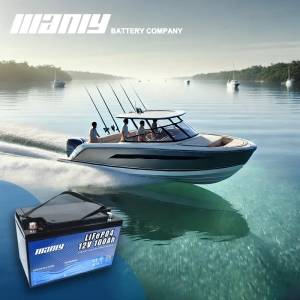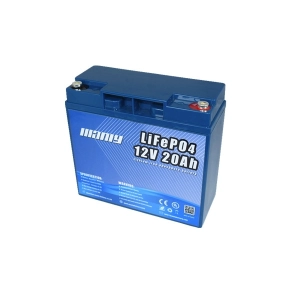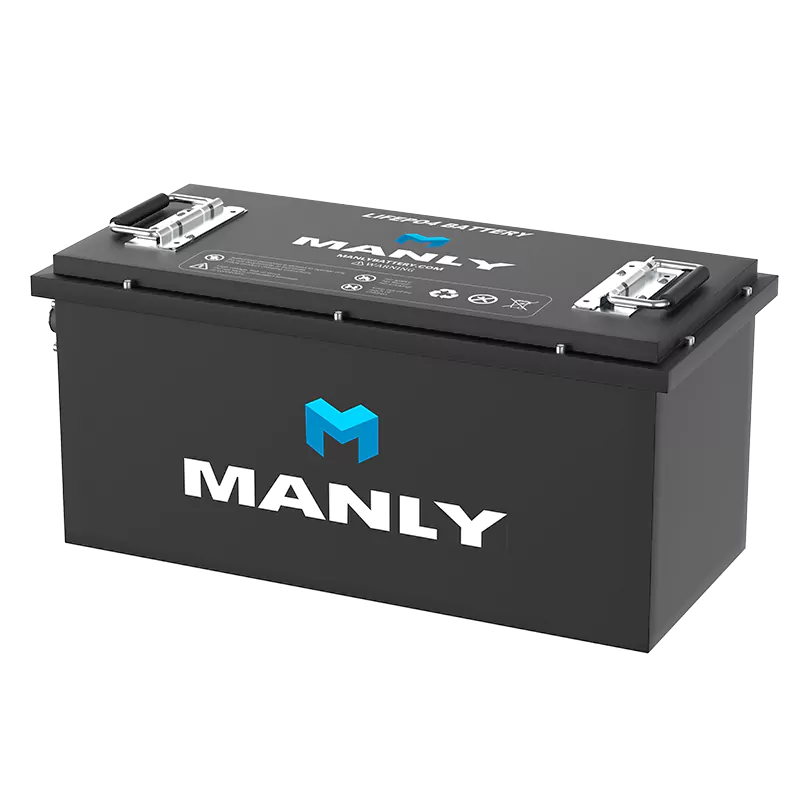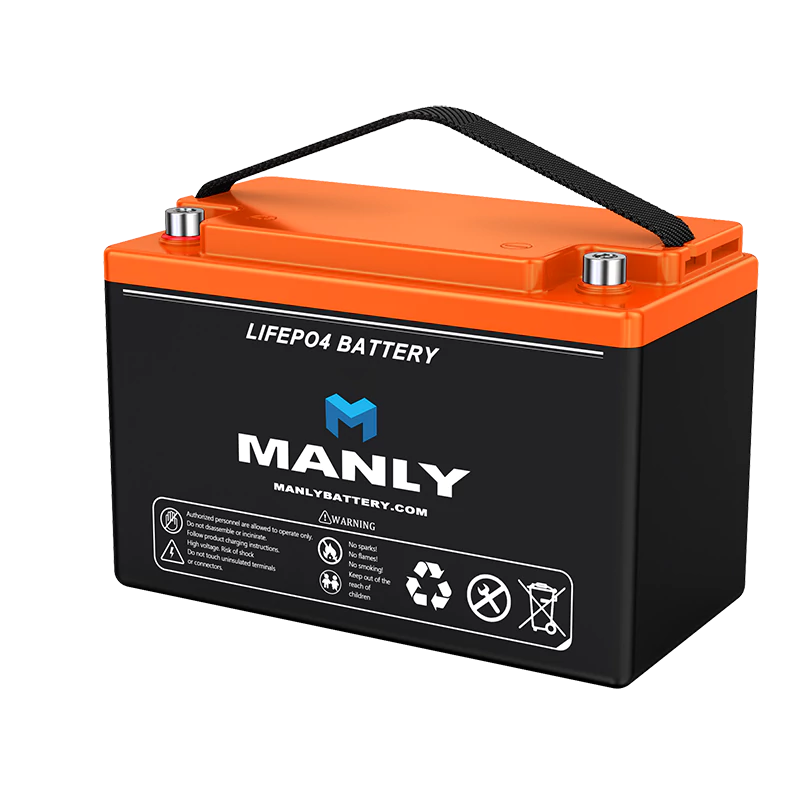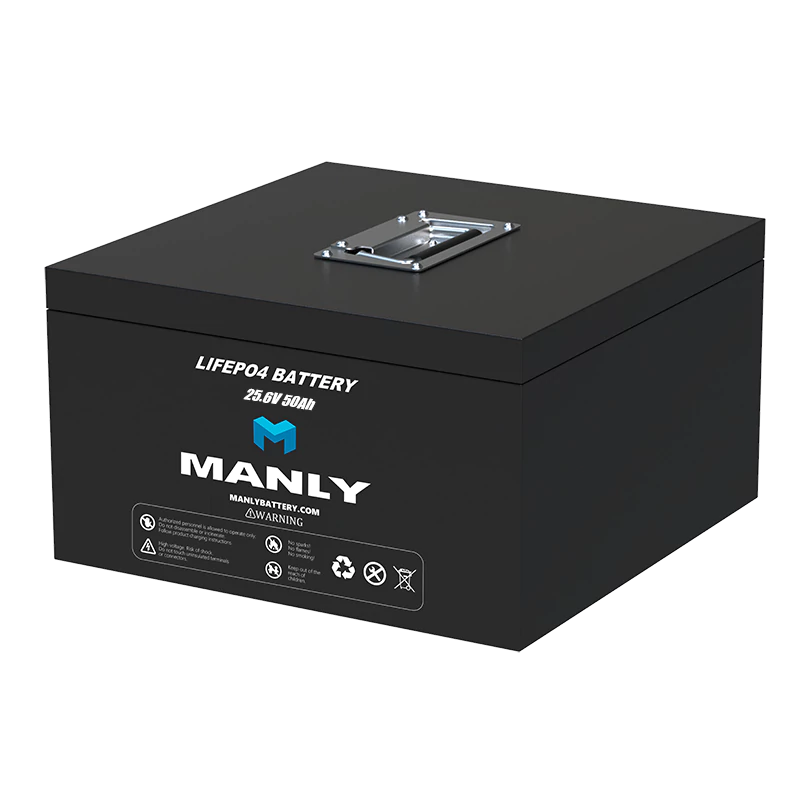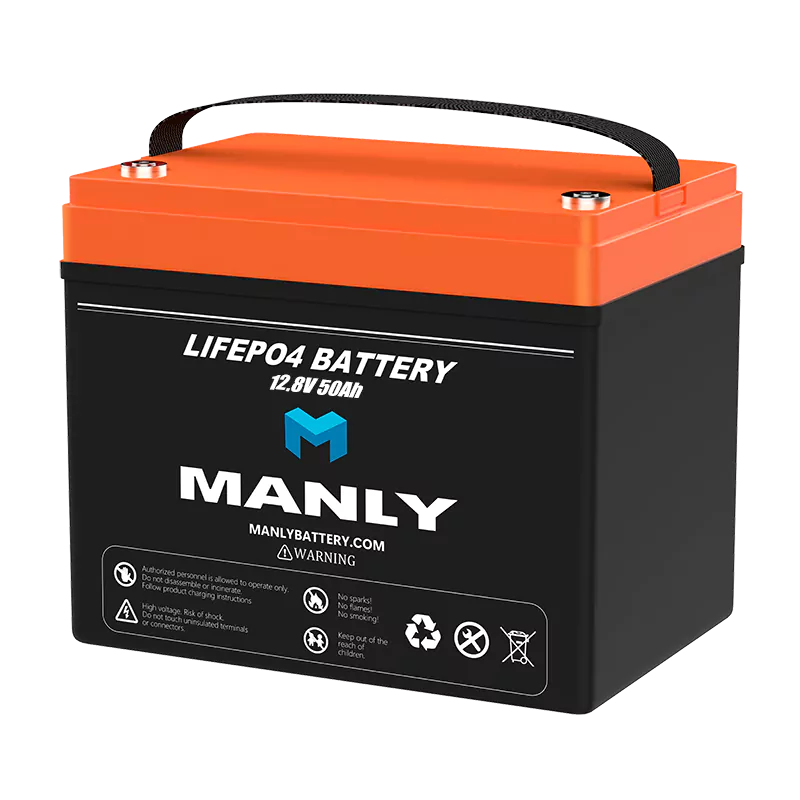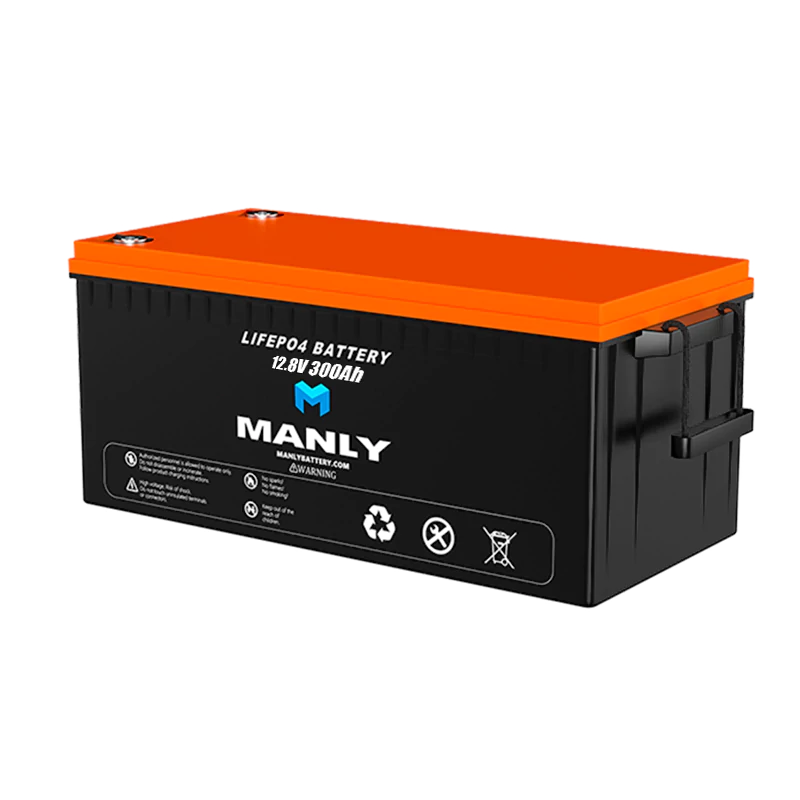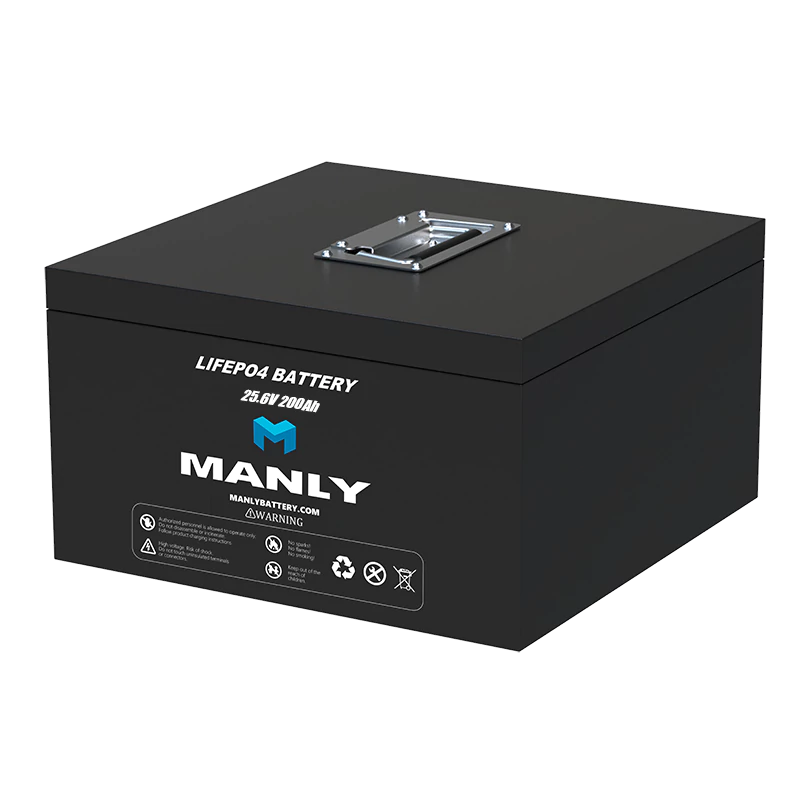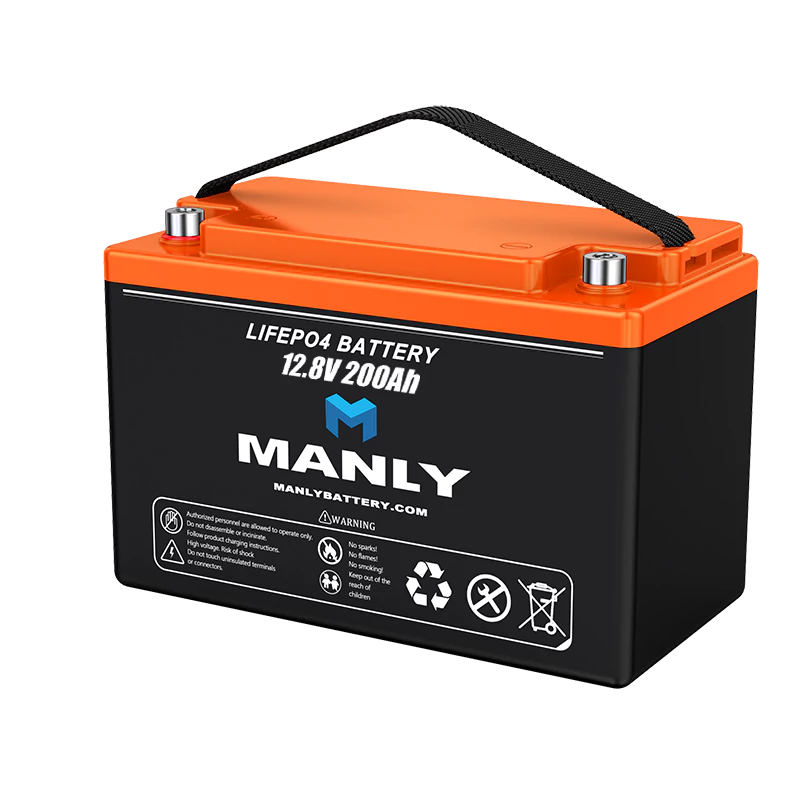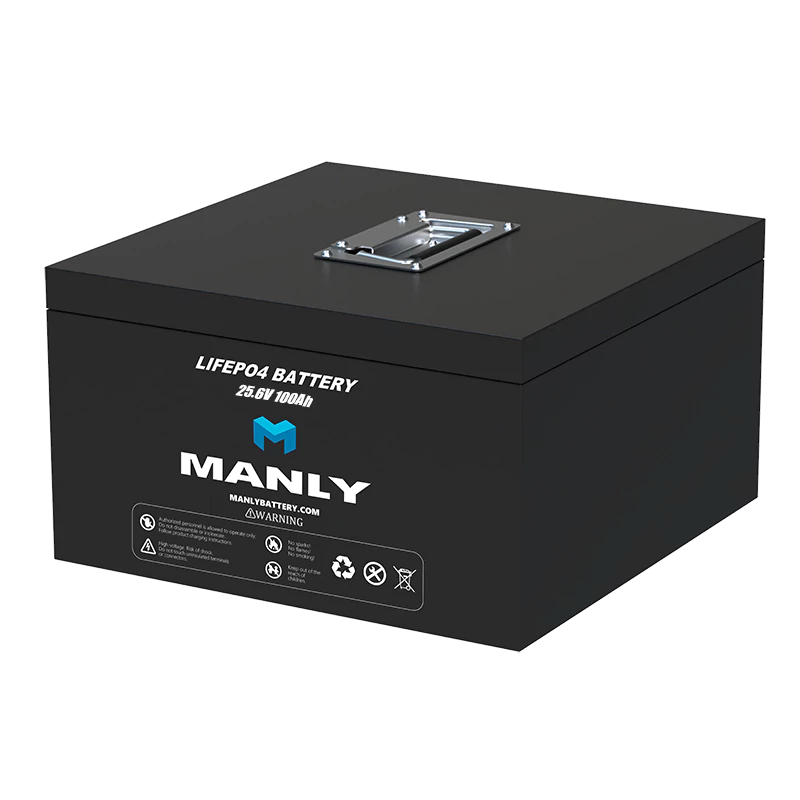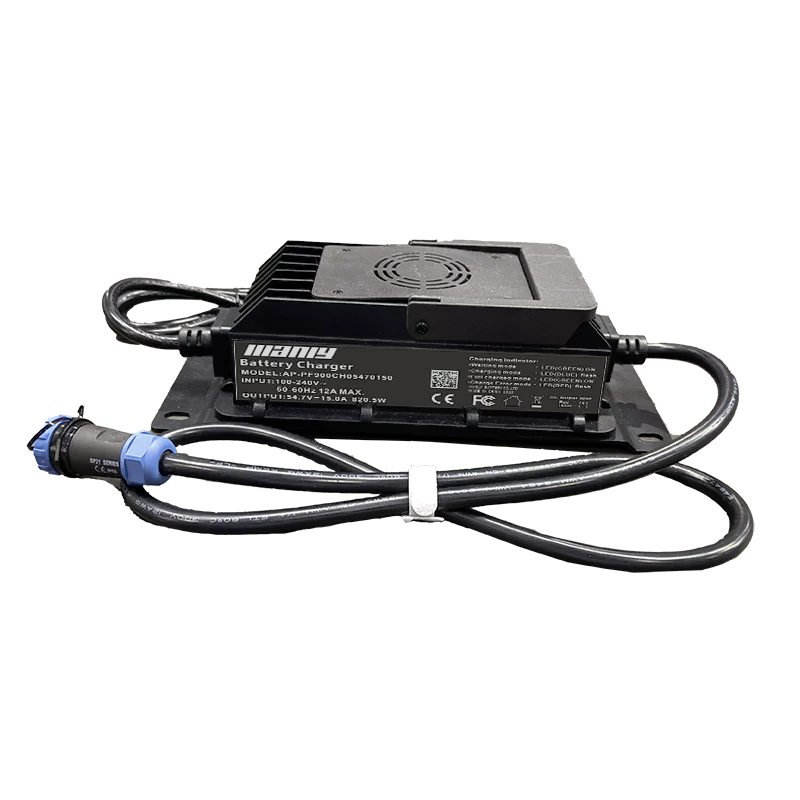A Comprehensive Guide to Flashlight Batteries: Types, Operation, and Choosing the Right One
Table of Contents
- A Comprehensive Guide to Flashlight Batteries: Types, Operation, and Choosing the Right One
Introduction
In every home's drawer or every explorer's kit, there's one ubiquitous tool we all rely upon - the humble flashlight. Its significance in our daily lives is often overlooked until the moment it's needed.Picture this scenario. A sudden, late-night power outage plunges your home into darkness. There's a familiar fumbling in drawers, a sigh of relief when your hand closes around that familiar, cylindrical shape. The flashlight. Click. In an instant, the darkness retreats, replaced by a comforting beam of light.Flashlights also act as faithful allies to outdoor enthusiasts, leading the way during twilight hikes or navigating the unknown corners of a campsite. They're essential tools in emergency kits, providing critical visibility during unfortunate events like a vehicle breakdown or natural disasters. Professionals such as law enforcement officers, security personnel, and search-and-rescue teams also heavily depend on them.But have you ever paused to think about what powers this simple yet critical tool? Or how different types of flashlights might need different kinds of batteries?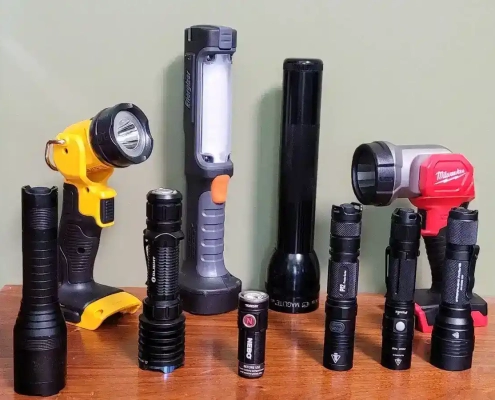 In this article, we aim to shine a light, so to speak, on the heart of the flashlight - the battery. We'll explore the different types of flashlights, their working principles, and the variety of batteries they employ, with a special emphasis on Lithium Iron Phosphate (LiFePO4) batteries. Our goal? To help you understand and choose the right battery for your flashlight based on your specific needs.Whether you're an outdoor adventurer looking for a reliable source of light, a homeowner preparing for potential power outages, or simply someone interested in the mechanics of everyday items, this comprehensive guide will brighten your knowledge about flashlight batteries.As we delve into the heart of these essential tools, we'll illuminate the role batteries play in their operation. We'll shine a light on the history of battery technology and help you navigate the path to choosing the right battery, considering factors such as compatibility, size, battery life, rechargeability, and environmental conditions.By the end of this article, you'll not only appreciate the familiar, comforting beam of your flashlight but also understand the power source that makes it all possible. Let's switch on the light of knowledge and begin this enlightening journey.
In this article, we aim to shine a light, so to speak, on the heart of the flashlight - the battery. We'll explore the different types of flashlights, their working principles, and the variety of batteries they employ, with a special emphasis on Lithium Iron Phosphate (LiFePO4) batteries. Our goal? To help you understand and choose the right battery for your flashlight based on your specific needs.Whether you're an outdoor adventurer looking for a reliable source of light, a homeowner preparing for potential power outages, or simply someone interested in the mechanics of everyday items, this comprehensive guide will brighten your knowledge about flashlight batteries.As we delve into the heart of these essential tools, we'll illuminate the role batteries play in their operation. We'll shine a light on the history of battery technology and help you navigate the path to choosing the right battery, considering factors such as compatibility, size, battery life, rechargeability, and environmental conditions.By the end of this article, you'll not only appreciate the familiar, comforting beam of your flashlight but also understand the power source that makes it all possible. Let's switch on the light of knowledge and begin this enlightening journey.Understanding the Different Types of Flashlights
We see flashlights in all walks of life, from the bedside drawer to the depths of a spelunker's kit. But they aren't all created equal. Flashlights come in various shapes and forms, each designed to fulfill specific needs and functions. Let's switch on and illuminate these different types.1. Handheld Flashlights:
These are the traditional, most common type of flashlight that probably springs to mind. Typically cylindrical and compact, handheld flashlights are universally recognized. They're designed to be easily portable, durable, and provide a reliable light source. A prime example of their utility is in 2017 when Hurricane Maria left Puerto Rico without power for months. Handheld flashlights became a lifeline for the residents, allowing them to navigate the darkness safely.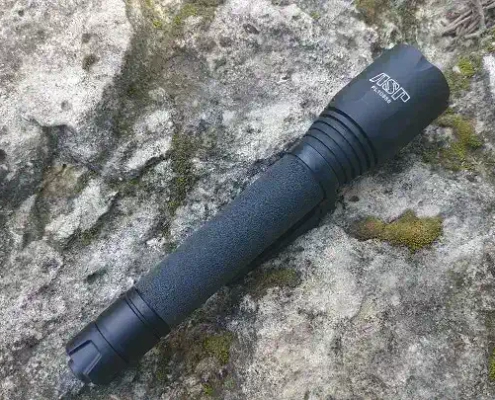
2. Headlamps:
Next, we have headlamps. Imagine you're fixing a car, trying to hold a flashlight in one hand while working with the other. Challenging, right? Here's where headlamps prove their worth, offering hands-free illumination. Outdoor enthusiasts often favor them as they allow full mobility and interaction with their surroundings. Data from the Outdoor Industry Association's 2019 report confirms this, showing a significant increase in headlamp sales, especially among hikers and campers.3. Diving Lamp Flashlights:
A diving lamp, designed specifically for underwater usage, is a type of flashlight. It possesses waterproof properties and is capable of withstanding depths ranging from 600 feet to 200 meters. Most diving lamps employ LED lights as their primary light source, which enables them to emit a luminous and intense beam.The casing of these lamps utilizes waterproof materials, ensuring resistance against corrosion caused by water or saltwater. Consequently, this particular kind of flashlight becomes the sole and optimal selection for engaging in activities such as snorkeling and scuba diving.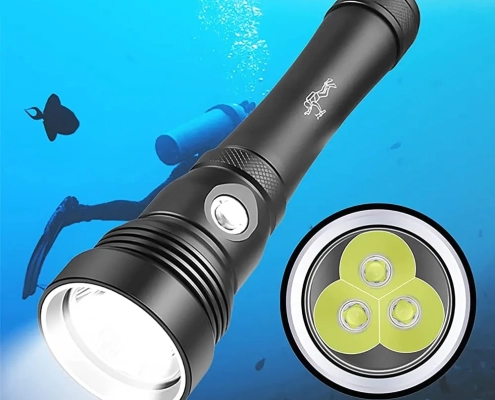
4. Heavy Duty Flashlights:
Designed to withstand tough conditions and endure rough handling, heavy-duty flashlights live up to their name. They exhibit superior durability compared to ordinary flashlights, offering resilience against potential damage caused by accidental drops. When seeking a reliable flashlight for extensive usage, opting for this type proves to be a wise decision. It boasts an impressive battery life, ensuring prolonged usage without frequent replacements. This cost-effective attribute makes it a desirable choice for heavy-duty applications. However, it's important to note that there are other durable alternatives available as well.This versatile flashlight finds common utility during hunting trips or outdoor excursions. An incandescent bulb serves as the light source for a heavy-duty flashlight. While not the most convenient option, it remains an affordable solution for a rugged and reliable illumination.5. High- Intensity Discharge (HID) Flashlights:
HID flashlights shine very bright. They are different. They use electricity in a gas ball. HID flashlights aren't common like the ones with regular bulbs. They cost more too. They can be 10 times pricier than normal flashlights. Enthusiasts, however, like them. Even though they are expensive, HID flashlights are handy. They make a big area bright. This is why they are great for outdoor trips or camping.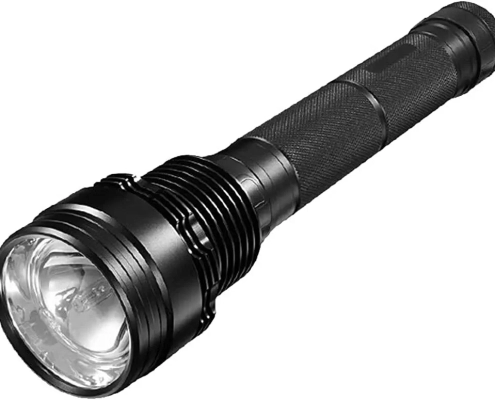
6. Incandescent Flashlights
For years, people have loved incandescent flashlights. These flashlights are cheap. They use D batteries. People use them to see in the dark when fixing bathrooms. Incandescent flashlights don't mind the weather. They can handle water and don't rust. They are good for rainy days. But, they break if you drop them. The strong ones that don't break are pricey. A person can hold this flashlight. It is useful at home. It's easy to use when fishing or camping. It can light up a big space.7. Solar Powered Flashlights
Lots of people like to buy things that are good for the earth. This includes flashlights. So, there are solar flashlights for these people. These flashlights are often strong enough for normal use. But these flashlights are usually not as strong as others. Yet, some can be brighter. Still, they can't beat LED or HID flashlights. But if you charge them well, they can be cheaper than flashlights with normal bulbs. A solar flashlight on a rock Some have a hand crank. This lets you make light when there's no sun. This is good for when you forget to charge it.
How Do Flashlights Work?
While a flashlight might seem like a simple gadget, its inner workings involve an elegant dance of physics and engineering. Understanding these core principles can greatly enhance our appreciation for this seemingly simple device.
1. Basic Principles of Flashlight Operation
At its heart, the operation of a flashlight is an exercise in converting energy. It's a device that turns electrical energy stored in the battery into visible light, a form we can utilize.Imagine switching on a flashlight. What happens? When you press the switch, you complete an electric circuit. This circuit includes the battery, a conductive material (usually a metal), the switch, and the light bulb.Electricity, eager to flow along the path of least resistance, travels from the battery through the conductor and into the bulb. Here, it encounters resistance - the filament or LED chip. This resistance causes the electricity to lose energy, and it compensates for this loss by generating heat and light.In essence, the flashlight is a controlled environment where we intentionally introduce resistance (in the form of a bulb) into an electrical circuit to produce light.2. Role of the Battery in Powering a Flashlight
The battery is the heart that pumps life into a flashlight, storing and providing the electrical energy needed. It's the origin of the electrical flow when you switch the flashlight on.Different types of batteries offer varying levels of voltage and capacity. The choice of battery not only affects the brightness of the flashlight but also its runtime and performance under different conditions. Therefore, understanding the nature and specifications of different battery types is crucial when choosing the right battery for a flashlight.3. Common Bulb Types in Flashlights: Incandescent, LED, and HID
Just as there are different types of flashlights, there are also different types of bulbs that can be found in these devices, each with its own set of advantages and disadvantages.- Incandescent Bulbs: These are the traditional light bulbs many of us grew up with. They produce light by heating a thin tungsten filament until it glows. While their warm light is comforting, they are inefficient compared to newer technologies and have a relatively short lifespan.
- LED (Light Emitting Diodes): LEDs are the reigning kings of efficiency in the world of lighting. Rather than using heat to produce light, they use a semiconductor material. When electricity passes through this material, it generates light. LEDs use significantly less energy than incandescent bulbs, last longer, and are more durable.
- HID (High-Intensity Discharge): HID lamps work on a principle similar to that of fluorescent lamps. They pass an electric current through a gas, which produces a bright, intense light. HID lamps are incredibly efficient and bright, often used in places where a lot of light is needed, like in large outdoor areas.
Dive into Battery Technology
We use batteries every day in a myriad of devices, yet few of us pause to consider what they are and how they've become so integral to our lives. Let's unpack this hidden world of energy storage.1. Defining a Battery and its Function in Electronic Devices
At its most basic, a battery is a device that stores chemical energy and converts it into electrical energy. This simple concept empowers a wide array of our electronic devices, from flashlights to mobile phones, laptops, and electric vehicles.Batteries consist of one or more cells, each composed of an anode (negative electrode), a cathode (positive electrode), and an electrolyte, which facilitates the movement of ions. When connected to a circuit, a chemical reaction takes place, causing electrons to flow from the anode to the cathode, creating an electric current.In the context of a flashlight, a battery supplies the electrical energy required for the light bulb to produce light. The brightness of the light and the duration for which the flashlight can stay on are both directly influenced by the battery's voltage and capacity.2. Brief History of Battery Technology
The concept of a battery dates back to 1800 when Italian physicist Alessandro Volta invented the voltaic pile, the first true battery. Over time, advancements in technology led to the creation of different types of batteries, each designed to better serve our evolving needs.From lead-acid batteries used in cars to nickel-cadmium (NiCd) batteries prevalent in portable electronics during the 1980s and 1990s, we have now advanced to lithium-based batteries, a leap driven by their superior energy density and longevity.3. Introduction to Various Battery Types: Alkaline, NiMH, Lithium, and LiFePO4
Different scenarios require different types of batteries. Here, we'll briefly cover four major types: Alkaline, NiMH, Lithium, and LiFePO4.- Alkaline: Alkaline batteries are a common sight in many household devices, from remote controls to children's toys. They offer a good balance of cost and performance for low-drain devices. However, they're not ideal for high-drain applications like flashlights due to their comparatively low capacity and discharge rate.
- Nickel-Metal Hydride (NiMH): These rechargeable batteries are a step up from alkaline batteries in terms of capacity and environmental friendliness. They're often used in digital cameras and other high-drain devices. However, NiMH batteries can suffer from high self-discharge rates, losing their charge over time even when not in use.
- Lithium: Lithium batteries are favored for their high energy density and long shelf life. They perform exceptionally well in high-drain devices and can handle a wide range of temperatures, making them ideal for outdoor use.
- Lithium Iron Phosphate (LiFePO4): A subset of lithium batteries, LiFePO4 batteries, are safer, have a longer lifespan, and can provide high levels of power. These features make them highly suitable for flashlights, electric vehicles, and energy storage systems.
Spotlight on LiFePO4 Battery
The evolution of batteries has led to an array of options, each tailored to specific applications. Among these, one stands out for its unique properties - the Lithium Iron Phosphate (LiFePO4) battery.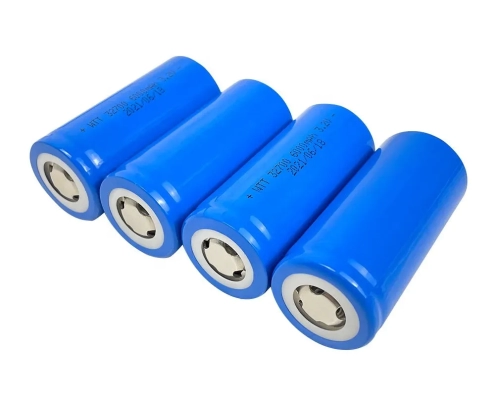
1. Detailed Discussion on LiFePO4 Battery Technology
LiFePO4 batteries are a type of lithium-ion battery that utilizes lithium iron phosphate (LFP) as the cathode material. They emerged in the late 1990s, becoming a topic of research interest due to their unique properties. But what makes LiFePO4 batteries stand out?Firstly, LiFePO4 batteries have exceptional thermal and chemical stability. This provides an increased safety margin compared to other lithium-ion batteries, which are prone to overheating and, in rare cases, combustion.Secondly, they are resilient and long-lasting. LiFePO4 batteries have a high cycle life, meaning they can be charged and discharged many times over without significant capacity loss. This is a stark contrast to other battery types, which can degrade more rapidly over time.Also, LiFePO4 batteries have a lower self-discharge rate than many other rechargeable batteries. This means that a flashlight with a LiFePO4 battery can sit idle for much longer before its charge significantly depletes.Finally, they operate well in a broad range of temperatures, making them suitable for use in various climates, from hot to cold.2. Benefits of LiFePO4 Batteries in Flashlight Applications
Now, let's transition to the practicality of these batteries - why are they particularly well-suited to flashlights?For starters, flashlights often require high energy output, particularly in high-drain situations, like using a bright setting for extended periods. LiFePO4 batteries can meet this demand due to their high discharge rates.Next, remember that a flashlight is not just an object, but a tool for safety, exploration, or work. Its reliability is crucial. With LiFePO4 batteries' impressive cycle life and stability, they are less likely to fail or lose capacity, even after frequent use.Also, flashlights are often exposed to various environmental conditions - you might be camping in the cold or hiking under the hot sun. The broad operating temperature range of LiFePO4 batteries ensures that your flashlight will work optimally, irrespective of the weather.Last but not least, size matters. LiFePO4 batteries come in various sizes, including AA and AAA, making them compatible with a wide range of flashlights.In summary, LiFePO4 batteries offer a compelling blend of safety, longevity, performance, and versatility, making them a top-tier choice for flashlights. As flashlight users, we need to ensure our tool's reliability, and choosing the right battery is a significant step towards that. In the following sections, we will provide guidance on how to make that choice.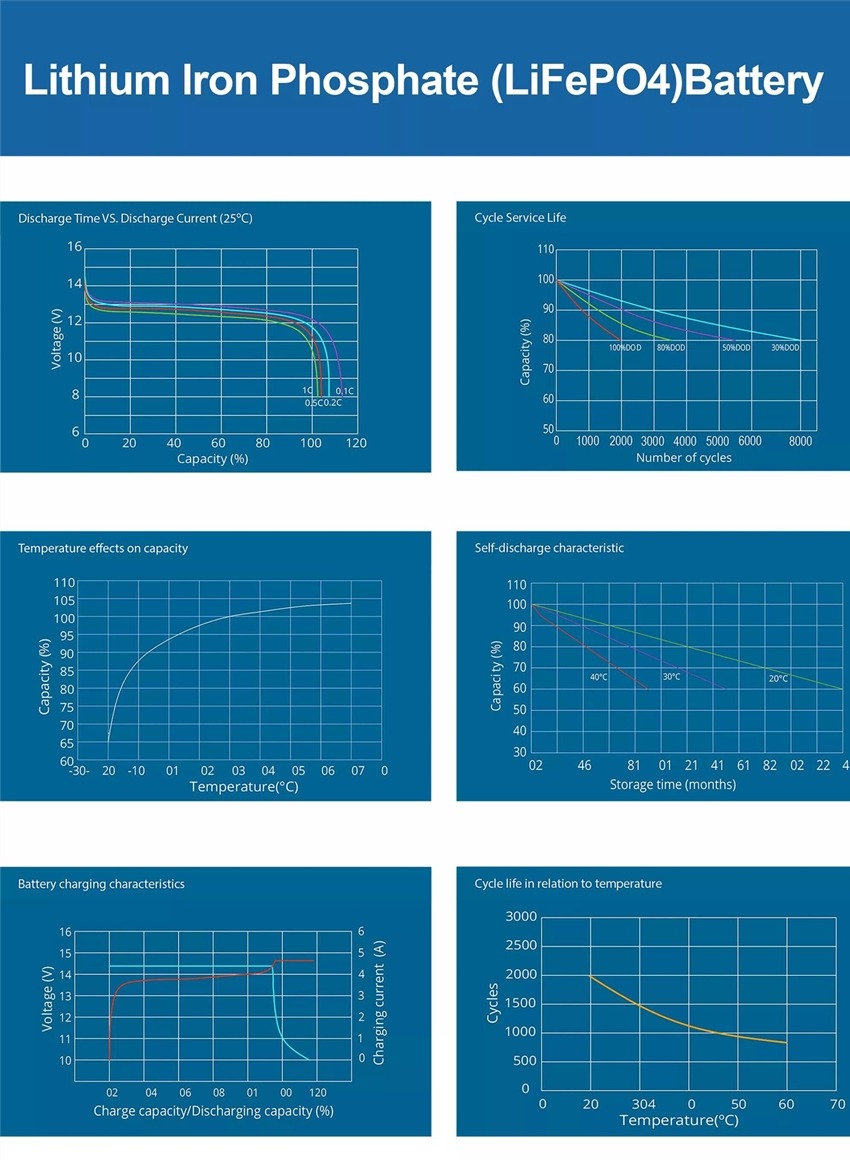
How to Choose the Right Battery for Your Flashlight
When it comes to powering your flashlight, not all batteries are created equal. Let's delve into the key considerations to keep in mind when choosing the perfect fit.1. Considering Flashlight Type and Use Case
Your flashlight's design and intended use will significantly influence your battery choice. For instance, handheld flashlights commonly used for home emergencies can work effectively with a wide range of batteries. However, a high-intensity tactical flashlight, used by law enforcement or outdoor adventurers, may require batteries capable of delivering high power output, like LiFePO4.2. Evaluating Battery Options: Pros and Cons of Each
Alkaline batteries are widely available and inexpensive but lack the rechargeability and high performance of other types. NiMH batteries are rechargeable and eco-friendly but have lower energy density. Lithium batteries offer excellent performance in cold weather and long shelf life but are not rechargeable.On the other hand, LiFePO4 batteries provide high energy output, safety, and a long cycle life. Their only drawback may be the initial cost, which is typically higher than other types. However, this is offset by their longevity, making them cost-effective in the long run.3. The Importance of Compatibility and Battery Size
You must consider the battery size that your flashlight can accommodate. Most flashlights are designed for standard sizes like AA or AAA, but some high-performance models may require specialized sizes. Also, ensure that the battery's voltage matches your flashlight's specifications to avoid potential damage.4. Evaluating Battery Life and Rechargeability
Battery life refers to how long the battery can power your flashlight before needing a recharge or replacement. Depending on your flashlight use, you might prioritize battery life or rechargeability. Regular flashlight users might opt for rechargeable batteries like NiMH or LiFePO4 for long-term savings and environmental benefits.5. Consideration of Environmental Conditions
Your operating environment can also influence your battery choice. If you're using a flashlight in a cold climate, lithium or LiFePO4 batteries are your best bet due to their exceptional performance at low temperatures.In conclusion, choosing the right battery involves evaluating several factors, including your flashlight's design, usage, and the operating conditions. Each battery type has its pros and cons, but given their numerous advantages, LiFePO4 batteries stand as a highly reliable choice for various flashlight applications. In the next section, we'll go over some practical tips for maintaining your flashlight batteries to ensure optimal performance and longevity.Tips for Maintaining Flashlight Batteries
Once you've chosen the right batteries for your flashlight, it's crucial to care for them properly. This not only ensures reliable performance but also extends their lifespan. Let's explore some key tips for maintaining your flashlight batteries.1. Correct Storage of Batteries
Storing your batteries properly can significantly prolong their life. Always store them in a cool, dry place away from direct sunlight and extreme temperatures. High heat can cause the battery components to degrade or even explode, while extreme cold can diminish capacity.For LiFePO4 batteries, it's recommended to store them at a partial state of charge, ideally between 30% to 50%. This reduces stress on the battery and prolongs its life. Also, remove batteries from your flashlight if you're not planning to use it for a while to prevent leakage or corrosion.2. Proper Charging Practices
Charging your batteries correctly is just as important. For rechargeable batteries like NiMH or LiFePO4, always use the charger recommended by the manufacturer. These chargers are designed to optimize battery life and safety. Overcharging or undercharging can harm the battery's health and reduce its lifespan.LiFePO4 batteries, in particular, benefit from a process known as 'balancing' during charging. This process ensures that all cells within the battery are charged to an equal level, promoting optimal performance and longevity.3. Signs That a Battery Needs Replacement
Despite your best efforts, all batteries eventually need replacement. Knowing the signs can help you avoid a sudden flashlight failure. Diminished light output, reduced run time, or physical damage to the battery (like bulging or leakage) are clear indications it's time for a new one.For LiFePO4 batteries, many users note that a slight drop in performance often precedes the end of the battery's life. Keeping an eye on these changes can help ensure you're never left in the dark.In conclusion, proper battery maintenance doesn't need to be complex or time-consuming. Simple practices like correct storage, proper charging, and timely replacement can drastically extend your battery's life and ensure your flashlight is always ready when you need it. Remember, the better you care for your batteries, the better they'll serve you in return. In the final section, we'll summarize the key points from this comprehensive guide and offer some parting thoughts.


